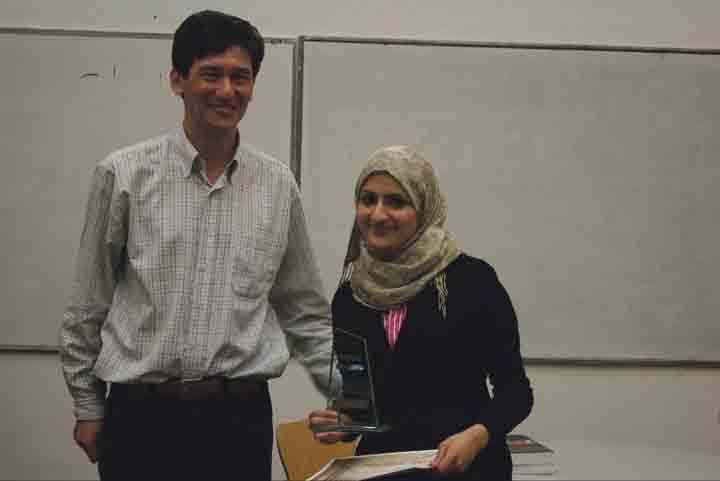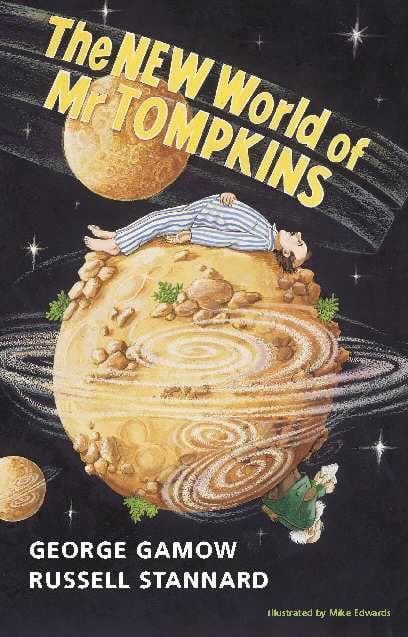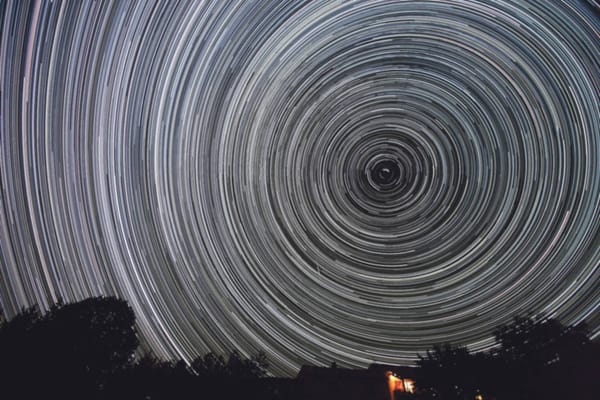When the skies became green
International effort to make air travel greener begins at Imperial

The Green Aviation Forum organised a one day international symposium at Imperial College on the 6th January 2011, in an attempt to link together many of the green aviation research activities ongoing at the College.
The Forum aimed to address the multiple environmental challenges faced by the aviation sector. An integrated approach is being adopted to develop aircraft technologies focussing on fuel efficiency and low-emission across the whole sector, improve airport planning – with supporting transport infrastructure – as well as air traffic management. The key word is collaboration, integrating manufacturers, climate scientists, regulators, airline operators, airport authorities and the government.
Three percent of global warming is currently caused by aviation and air travel is expected to increase by 5% per year over the next 20 years. The aviation industry in Europe has agreed to a set of targets that would reduce fuel and carbon dioxide emissions by 50% per passenger kilometre, nitrous oxide emissions by 80% and noise pollution by 50%.
The Green Aviation Forum will provide a useful link between Imperial researchers and the aviation industry. Imperial is aiming to give birth to a new generation of ultra light commercial aircrafts that can fly faster over longer distances, producing lower emissions and less noise.
As an aircraft comes in to land, spoilers are deployed on the wing to help reduce the lift and increase the drag. This, however, generates low frequency noise that can travel great distances which is a major problem for the aviation industry. Profesor Vassilicos and his team from the Department of Aeronautics have developed a new spoiler employing fractal patterns that reduce the low frequency noise, without affecting the lift and drag.
An aircraft burns more fuel mainly due to the aerodynamic force known as drag. Professor Jonathan Morrisson and colleagues from the Department of Chemical Engineering and Chemical Technology are developing a new electro-active plastic for covering aircraft fuselages and wings, which reduces drag by pulsing low-level electrical currents through it. The pulses distort the plastic and therefore the air flowing over the plane, reducing the impact of drag.
Eco-friendly plane designs are currently being developed by Dr Varnavas Serghides from the Department of Aeronautics. He believes that reducing the number of aircraft components could bring dramatic increases in fuel efficiency. Dr Varnavas is also working on designing a wider fuselage to fit in more passengers. This would reduce the levels of emissions, while maintaining similar profit levels.
Imperial researchers are also developing new types of composite material that can render aircraft structures even stronger and more long-lived. One type of material, known as a hierarchical composite, comprises carbon fibres, resin and carbon nanotubes.
As well as being stronger, this type of material can withstand lightning strikes by dissipating the electrical energy before the aircraft system is damaged.









